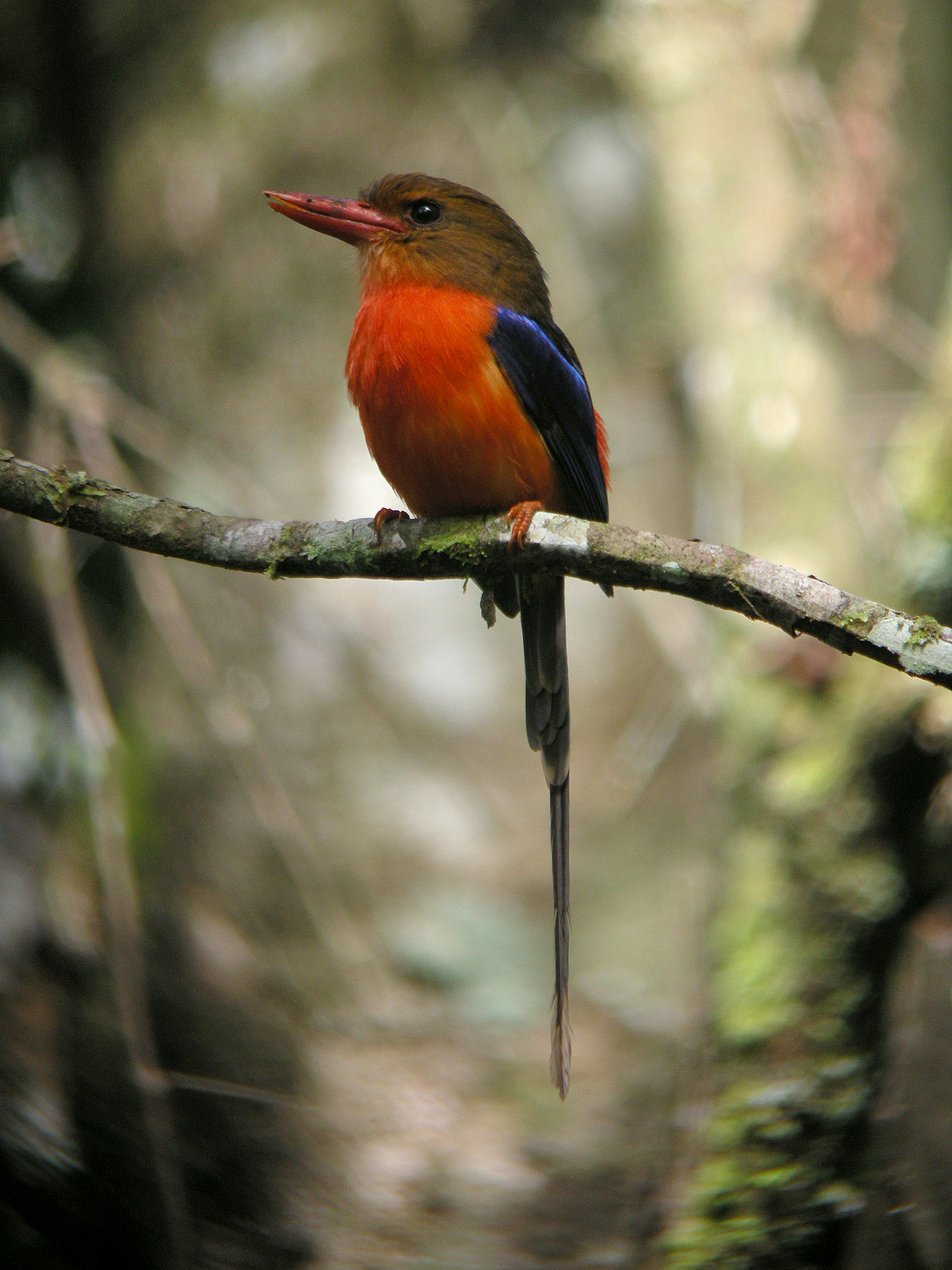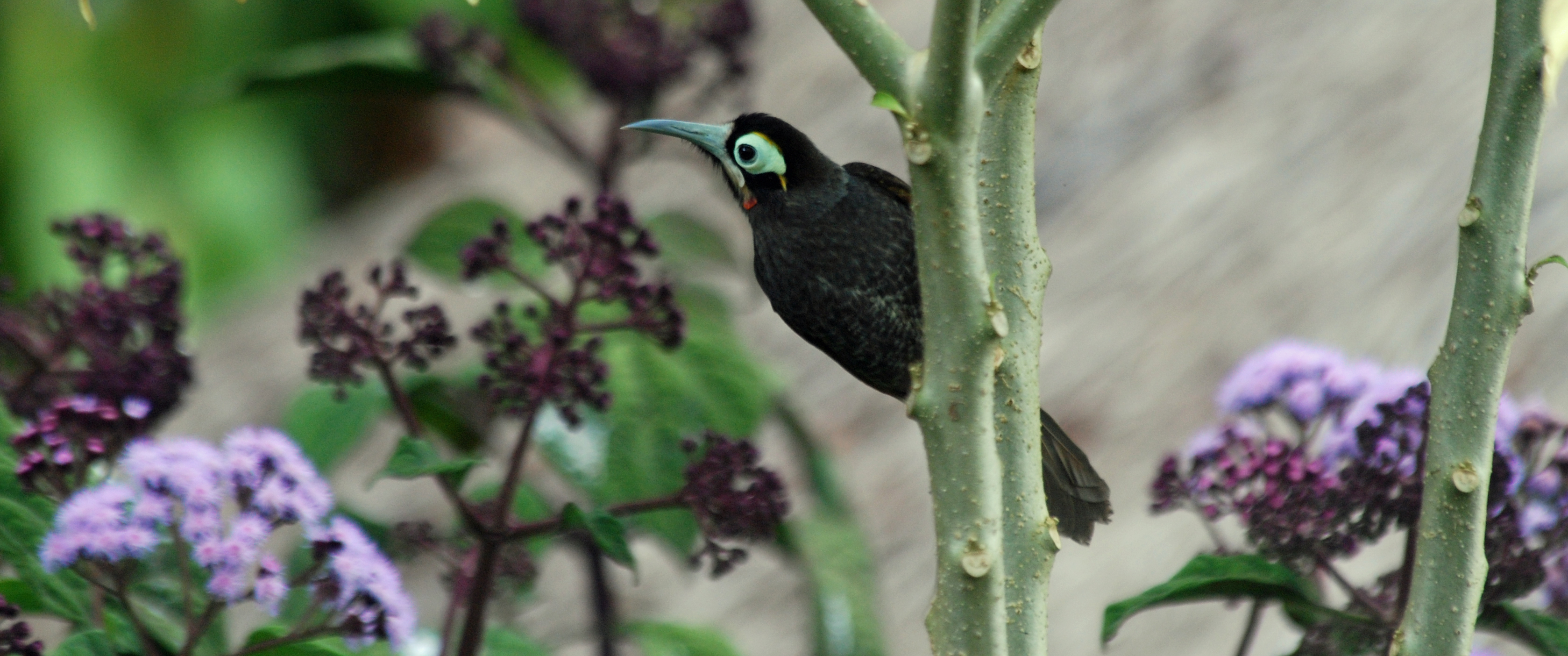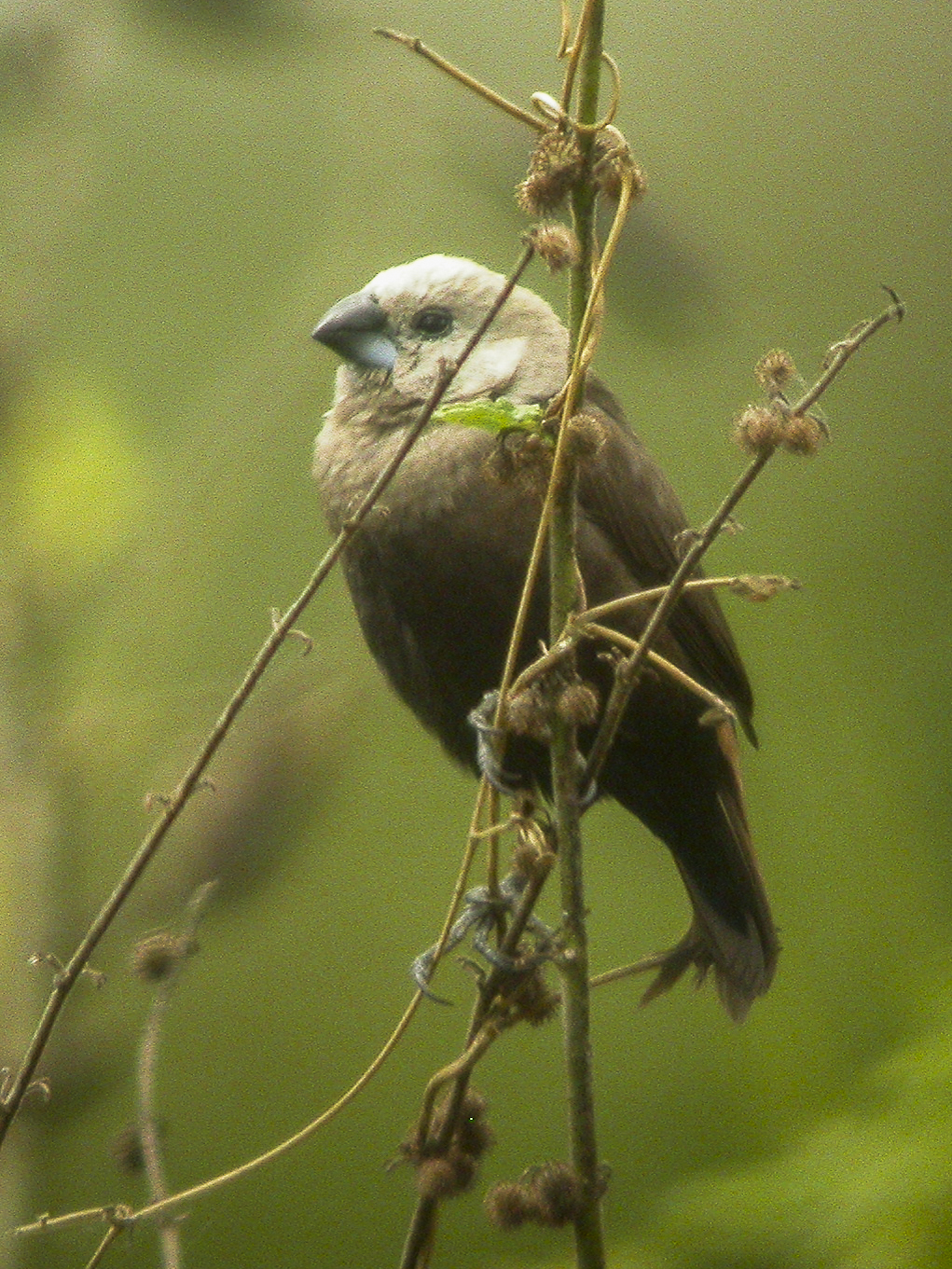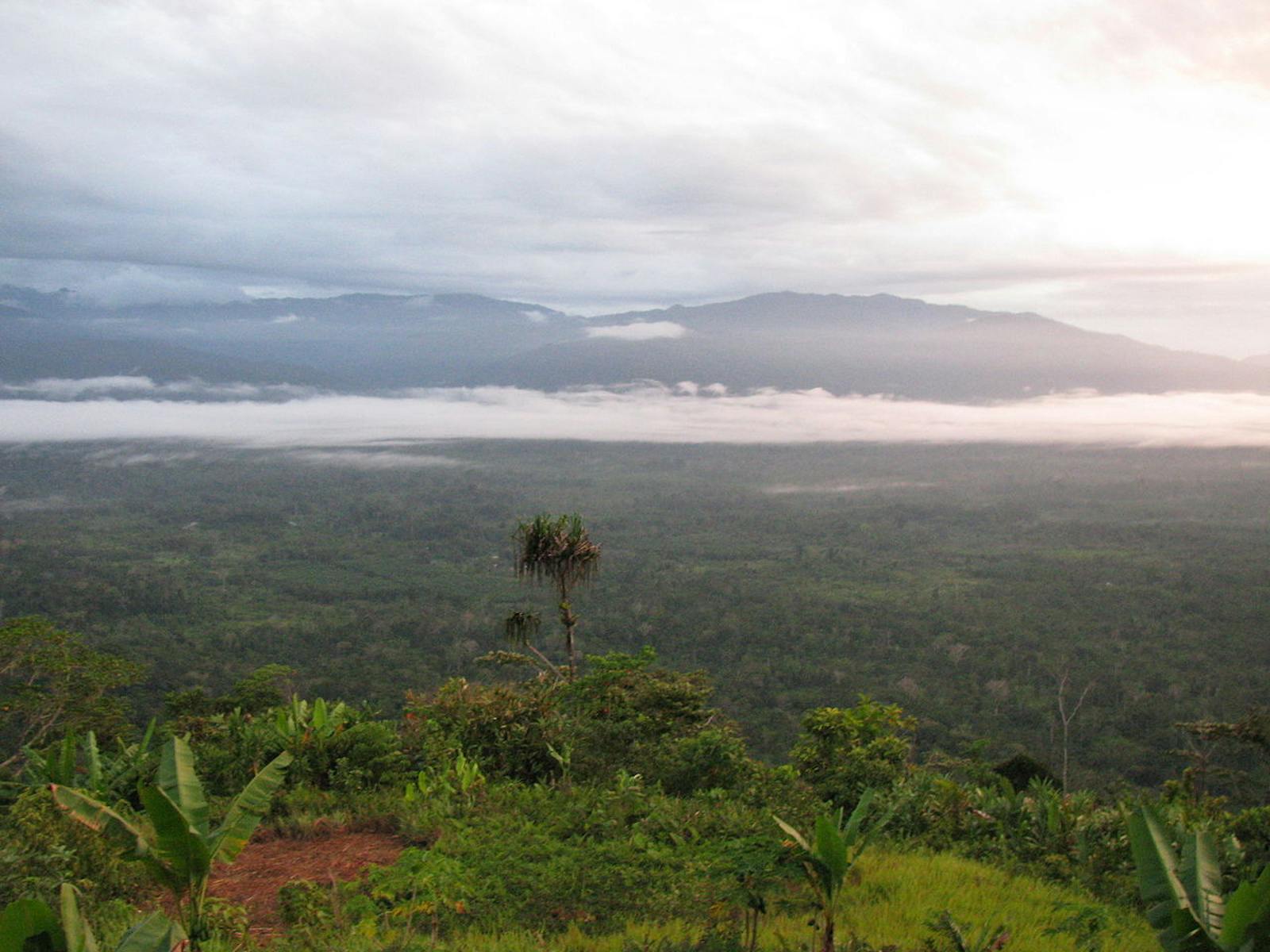Southeastern Papuan Rainforests
The ecoregion’s land area is provided in units of 1,000 hectares. The conservation target is the Global Safety Net (GSN1) area for the given ecoregion. The protection level indicates the percentage of the GSN goal that is currently protected on a scale of 0-10. N/A means data is not available at this time.
Bioregion: New Guinea & Surrounding Islands (AU13)
Realm: Australasia
Subrealm: Australasian Islands & Eastern Indonesia
Ecoregion Size (1000 ha):
7,753
Ecoregion ID:
153
Conservation Target:
86%
Protection Level:
0
States: Papua New Guinea
The lowland forests of the southeast peninsula of New Guinea are home to the world's largest butterfly, Queen Alexandra’s Birdwing. The rugged terrain of this peninsula still retains large landscapes of intact lowland, swamp, and montane forests, even though the ecoregion has the country’s largest cities. Many species of bird, plant, and mammal are unique to this ecoregion, as isolated ranges have driven the evolution of species from those in the island’s Central Range.
This lowland and montane ecoregion is made up of the Owen Stanley Range and surrounding lowland and coastal areas. The climate of the ecoregion is tropical wet, which is characteristic of this part of Melanesia, located in the western Pacific Ocean north of Australia Tropical wet evergreen forest predominates with montane forests covering a quarter of the landscape. Stands of tall Araucaria occur along ridges in places, though the forests are generally dense closed-canopy forests with trees such as Pometia, Canarium, Anisoptera, Ficus, and Hopea. Higher in the mountains, one finds oaks such as Castanopsis acuminatissima and Lithocarpus, as well as laurels. Nothofagus, the Southern Beech, occurs in dense stands in higher moss-covered forests.

The brown-headed paradise kingfisher (Tanysiptera danae) is the flagship species of the Southeastern Papuan Rainforests ecoregion. Image credit: Markaharper1 (CC by 2.0 SA)
There are 138 mammals, including many marsupials and rodents such as tree kangaroos and the long-footed water rat. Twenty-eight species occur nowhere else, including the critically endangered large-eared nyctophilus. The habitat diversity and complexity of this ecoregion help contribute to the presence of a rich bird fauna consisting of 510 species. Forty are found only here or nearby. The streaked bowerbird and eastern parotia are two spectacular birds unique to the peninsula. Botanists recognize seven centers of plant diversity in the ecoregion, with numerous endemic species and unusual formations on ultramafic (serpentine) soils, high-altitude moss forests, and savannas.

Yellow-browed Melidectes. Image credit: Wikipedia, Nigel Voaden (CC by 2.0 SA)
The East Peninsula Highlands and the North Peninsula Highlands constitute major wilderness areas. Protected areas are very limited in size and number, with only the Kamiali Wildlife Management Area being of any significant size. Coastal forests continue to be cleared, largely for traditional agriculture, and natural savannas are regularly burned and settled. Most valley bottoms and coastal plains are increasingly being settled and developed. Foothill forests are logged with larger, active operations in north-central and southern areas. Extending the highway from the capital, Port Moresby, to Milne Bay will increase the accessibility of the coastal plain south of the Owen Stanley Ranges, opening the forest area to exploitation.

Gray-headed Munia. Image credit: Wikipedia, Francesco Veronesi (CC by 2.0)
Priority conservation actions for the next decade
- Expand the protected area system to cover the highlands and foothill forests of a representative set of ranges that are known to be centers of biodiversity and endemism, such as the Bowuto Mountains, as well as representative natural savannas, lowland forest and ultramafic forests where no formal protection is currently in place.
- Develop and implement a conservation management plan that includes a combination of community-based and traditional conservation areas.
- Curtail or strictly limit logging operations in foothill forests and away from priority areas, such as Bowuto Mountains, Milne & Collinswood Bays, Varirata and Astrolabe ranges, Safia Savanna, and Topographer's Range.
-
-
- Adams VM, VI Tulloch, HP Possingham. 2017. Land-sea conservation assessment for Papua New Guinea. A report on the work undertaken to fulfil the terms of the project Review and Integration of the Terrestrial and Marine Program of Works on Protected Areas. PNG CEPA, University of Queensland, Global Environment Facility, UNDP, Brisbane. 75 pp.
- Beehler BM, TK Pratt. 2016. Birds of New Guinea Distribution, Taxonomy, and Systematics. Princeton University Press, Princeton.
- Davis SD, VH Heywood, AC Hamilton (eds). 1994-1997. Centres of plant diversity: a guide and strategy for their conservation. World Wide Fund for Nature (WWF) and ICUN - World Conservation Union, Cambridge.
-
Cite this page: Southeastern Papuan Rainforests. Ecoregion Snapshots: Descriptive Abstracts of the Terrestrial Ecoregions of the World, 2021. Developed by One Earth and RESOLVE. https://www.oneearth.org/ecoregions/southeastern-papuan-rainforests/
-



